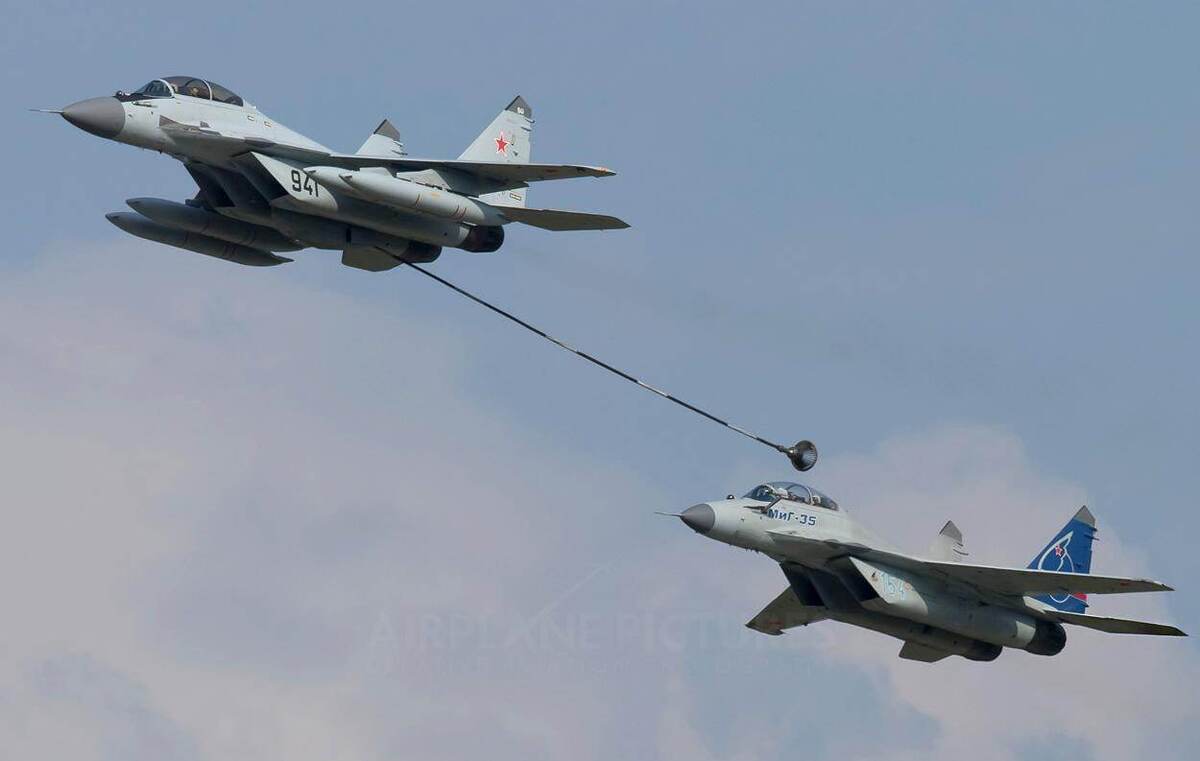
933 kms of Pipelines Added to Ease Internal Fuel Transport
EghtesadOnline: Three pipeline construction projects to transfer gasoline, diesel and kerosene were inaugurated Monday stretching over 933 kilometers, the Oil Ministry news agency Shana reported.
“One was the 20-inch 420-km Naein-Kashan-Rey pipeline to transfer 204,000 barrels per day of petroleum products,” managing director of the National Iranian Oil Refining and Distribution Company said.
“Transferring this volume by road would entail high costs, and the pipeline will help save $22 million a year,” Shana quoted Alireza Sadeqabadi as saying.
Diesel, kerosene and gasoline produced in the Persian Gulf Star Refinery and Hormuz Refinery in the southern city of Bandar Abbas is piped to Naein and Kashan in the central Isfahan Province and from there to Rey in south Tehran.
Persian Gulf Star Refinery produces 48 million liters of gasoline and 17 million liters of diesel a day while the Hormuz facility refines 300,000 barrels of crude oil a day.
This project included construction of 10 storage tanks with total capacity of 300,000 cubic meters in Naein. A new pumping station has been set up in Kashan and the one in Naein has been renovated.
Another project was the 26-inch Shazand-Qom-Rey pipeline stretching over 293 km and has a capacity of 300,000 bpd, Sadeqabadi said.
“If this volume of petroleum products were to be transported by trucks it would cost a great deal. With this pipeline we will save $24 million a year.”
The Shazand Refinery in Arak, Markazi Province has a capacity of 250,000 bpd of Euro 4 gasoline, diesel, kerosene and mazut.
The other project was the 220-km Tabriz-Khoy-Urmia pipeline that will carry 65,000 bpd with the help of three electric pumps and additional facilities.
Annual capacity of Tabriz Refinery in East Azarbaijan Province is 5.5 million tons and its products include liquefied gas, gasoline, kerosene, diesel, jet fuel and feedstock for industrial units.
The three projects cost $140 million in which 100,000 tons of metal pipes were used and the pumps were manufactured by domestic firms.
Without the new pipelines almost 4,500 tanker trucks would be needed to carry the petroleum products not to mention the traffic congestions they would create on highways plus the risk of road mishaps, Sadeghabadi said.
Hauling oil products via pipelines reduces the possibility of delays that normally occur due to road closures when the regions are blanketed with snow and the air is frigid.
One key advantage of using pipelines is in the environmental sphere. Pipelines as such cause very little if any damage to the environment or air pollution whereas the huge tankers and gas-guzzlers plying the national highways 24/7 contribute terribly to CO2 emissions and different types of pollution.
Crude oil processing capacity in the NIORDC, a subsidiary of the National Iranian Oil Company, has risen 43% to 2.3 million liters per day over the last decade.
NIORDC’s gasoline output capacity has increased from 56 million liters per day in 2010 to the current 115 ml/d.
The company now produces 125 million liters of diesel per day that is 31% more than 2010 when the volume was 95 ml/d. Both products meet international standards.
The largest share of oil byproducts refined and distributed by the company includes assorted grades of liquid petroleum, namely gasoline, jet fuel, diesel, heating oil, and heavy fuel oils.


